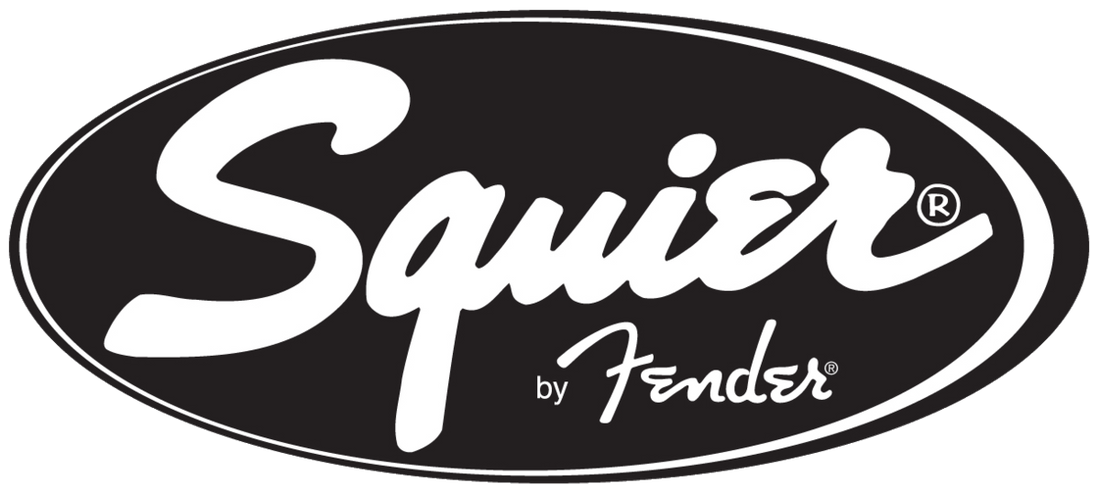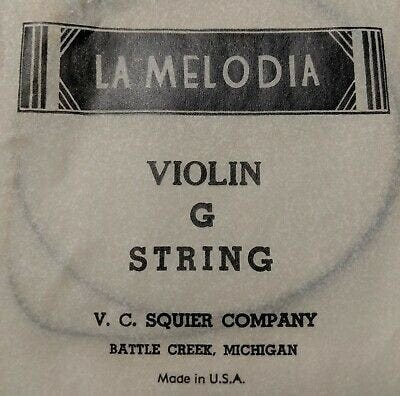It wasn’t Fender’s intent to create their own “Epiphone by Gibson”.
The initial point of the Squier series was to undermine the Fender copy market in Europe and Japan by providing a Fender copy. Except the copy was a Fender.
Fender bought the V.C. Squier Company in 1965, two years after they were an official OEM string supplier for Leo Fender’s guitars.
Squier’s roots go back to the late 1800s when Jerome Bonaparte Squier and his son started repairing and crafting violins in his Boston, MA shop. He later moved the operation to Battle Creek, MI and by the turn of the 20th century Squier and developed a system to mass produce violin strings and added this to his product offerings.
If you can make wound strings for a violin then why not guitars and the 1 needed for a banjo :-). So he did. The string business was good and eventually superseded violin production.
Back to Fender, over time the Squier brand of strings disappeared and by 1972 the strings were sold under the Fender label.
That wasn’t the only thing disappearing in the 1970s, so was Fender’s global market share. A combination of diminished quality from Fender and a brutal assault of well-built Japanese knockoffs had taken a toll on the company. Not to mention the imitations were considerably less expensive.
If you can’t beat em’ join em’.
Fresh management was brought in to correct the problem in 1981 and they decided to revive the Squier name by introducing a line of budget-friendly Fender guitars made in Japan. One year later a deal was consummated between Kanda Shokai and Yamano Gakki to create Fender Japan, Ltd.
SIDE NOTE-
• Kanda Shokai owned the Greco brand.
• Yamano Gakki became the Japan distributor of Gibson and Epiphone in 1987 and started producing the Orville by Gibson line of guitars in 1988.
Both companies outsourced production to various factories in Japan (as Yamano did for Gibson) and one of the factories initially used for manufacturing was FujiGen Gakki. FujiGen also made guitars for Ibanez, Yamaha and Greco.
In 1982 Fender Japan introduced the first Squier models in Europe followed by the domestic Japanese market. The guitar quality was impressive which resulted in very good sales.
Those results could not be ignored by Fender execs so towards the end of 1983 Fender made the decision to release the guitars in the U.S. with a Squier Strat, Tele, and P-Bass version which were priced a little more than half their American counterparts.
In 1985 when CBS sold to a new ownership group headed by Bill Schultz the deal did not include machinery or the Fullerton, CA factory. All production stopped and nearly all guitars in that year were made in Japan. What would have happened if Fender did not have their Japan operation up and running then?



